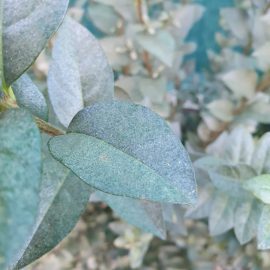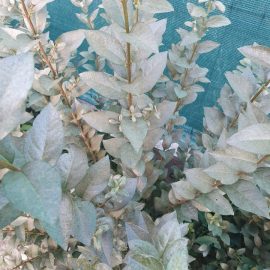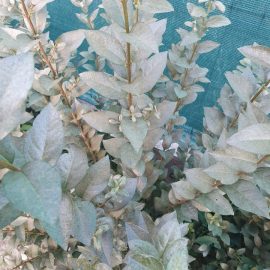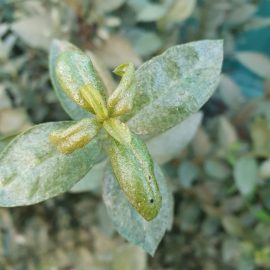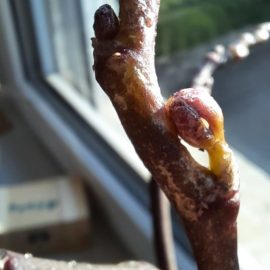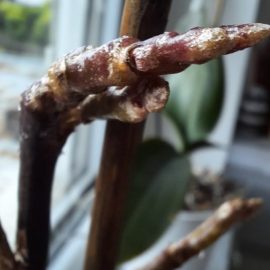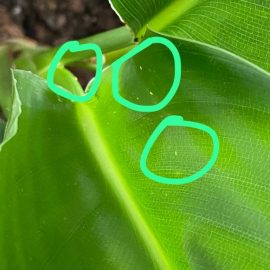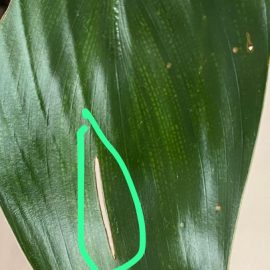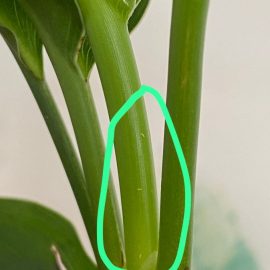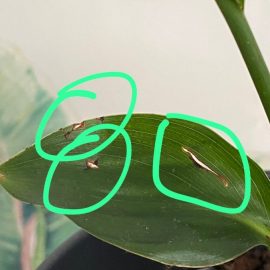The grass thrips (Haplothrips aculeatus) – pest management

The grass thrips, Haplothrips aculeatus is a species that commonly attacks cereals, but with an obvious preference for rye crops.
Description. It has a black body, 2 mm long, the males being smaller than the females. The egg is ovoid and translucent, and the larvae are red-orange, and 1.8 mm long. The pupa is the same color as the larva and is 1.7 mm long.
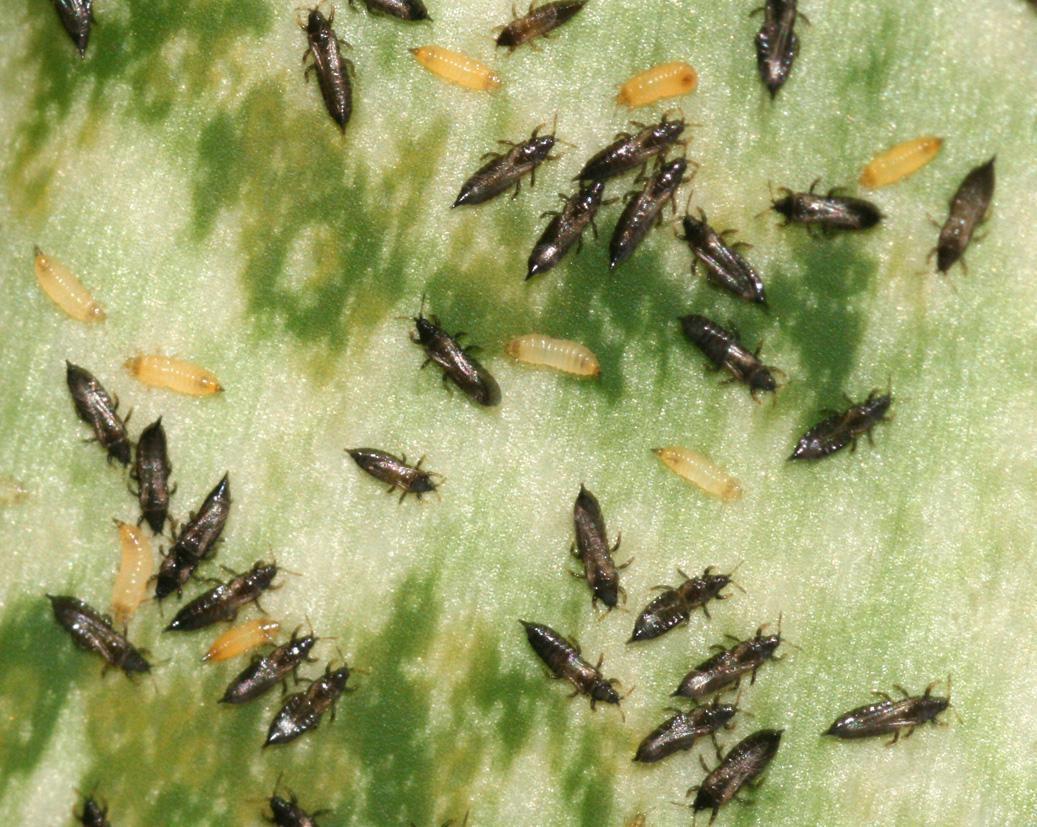



Biology and ecology. The grass thrips produce one generation per year and overwinter in the adult stage, in the remains of the attacked plants. Adults and larvae populate the pod of the last leaf, lay eggs and feed on the organs of the spike, flowers, and grains in the milk-wax phase. The development of a generation takes 50-56 days.
Attacked plants and damages. A species reported on many host plants, spontaneous or cultivated (black grass, oats, cattail, alfalfa, mullen, lawn, wheat, rye, clover, corn, etc.).
Control: The deep plowing at 20-25 cm ensures the destruction of 90% of the larvae that are hidden with the vegetal remains in the soil. Chemical treatments should be carried out with various approved products such as:
Recommended products
-
You can find products on a different store
Change Store -
You can find products on a different store
Change Store -
You can find products on a different store
Change Store -
You can find products on a different store
Change Store -
You can find products on a different store
Change Store -
You can find products on a different store
Change Store -
You can find products on a different store
Change Store -
You can find products on a different store
Change Store -
You can find products on a different store
Change Store -
You can find products on a different store
Change Store -
You can find products on a different store
Change Store -
You can find products on a different store
Change Store -
You can find products on a different store
Change Store -
You can find products on a different store
Change Store -
You can find products on a different store
Change Store -
You can find products on a different store
Change Store -
You can find products on a different store
Change Store -
You can find products on a different store
Change Store -
You can find products on a different store
Change Store -
You can find products on a different store
Change Store -
You can find products on a different store
Change Store -
You can find products on a different store
Change Store -
You can find products on a different store
Change Store -
You can find products on a different store
Change Store














































































































































































































































































































































































































































